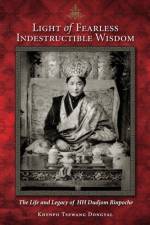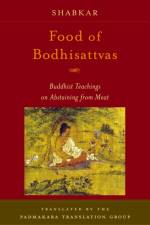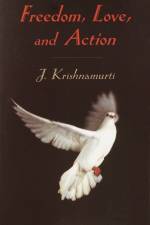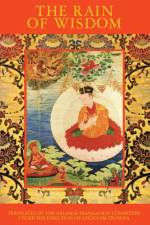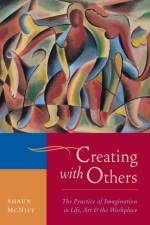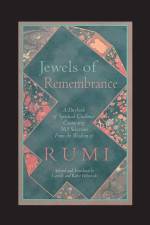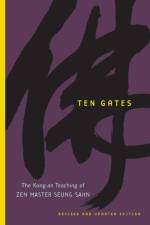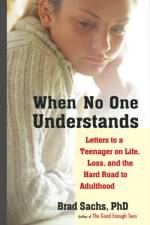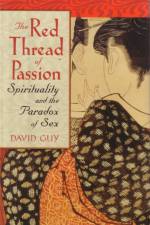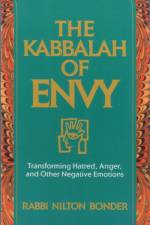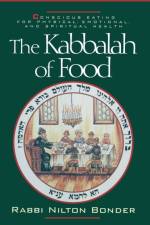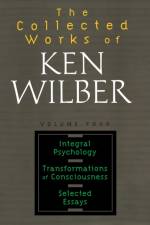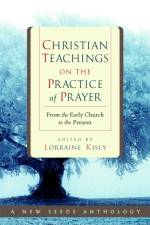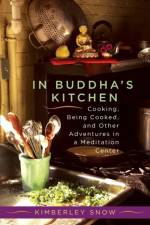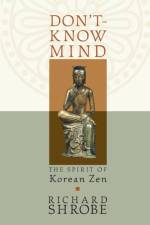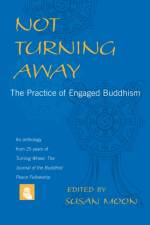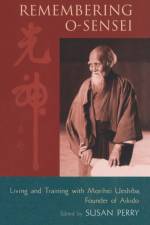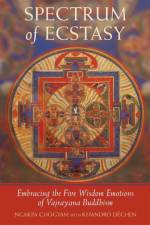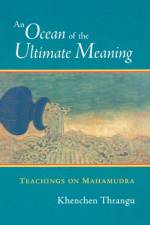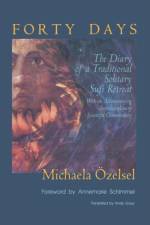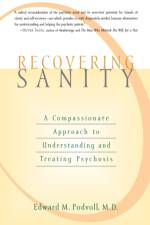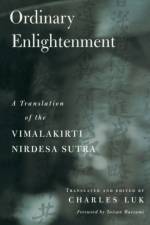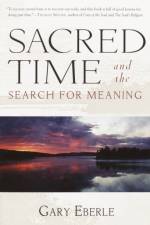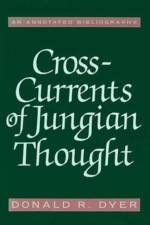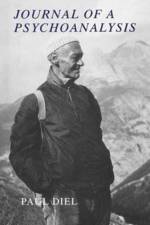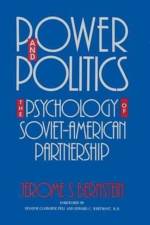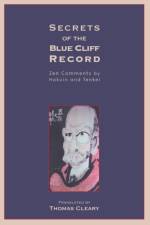- Letters to a Teenager on Life, Loss, and the Hard Road to Adulthood
av Brad Sachs
279
When Amanda first came to Dr. Sachs for treatment, she had attempted suicide more than once. Withdrawn and cynical, she refused to speak during her therapy sessions. Determined to connect, Dr. Sachs tried something unconventional: he wrote letters to Amanda between sessions and invited her to write back, thinking she might feel more comfortable opening up in this way—and indeed she did. This correspondence gradually built trust between them, helping her to survive and ultimately to heal.When No One Understands consists of twenty letters that Dr. Sachs wrote to Amanda over the course of her therapy. In these letters, Sachs reaches out to Amanda with the core message that there is nothing wrong with her—that adolescence is painful, complex, and challenging for everyone and that her emotional pain deserves to be honored, openly explored, and viewed with compassion. Dr. Sachs also addresses many of the common questions and concerns shared by all teens on such topics as relationships, breakups, drugs and alcohol, parents, family dynamics, and more.Along the way, Dr. Sachs offers adults an inspiring image of a truly open, human-to-human relationship between an adult and a teenager. Parents, mental health professionals, guidance counselors, educators, and others who work with teens will see how they might also bring honesty, compassion, and humility to bear in their interactions with young people in order to create truly healing and supportive relationships.

